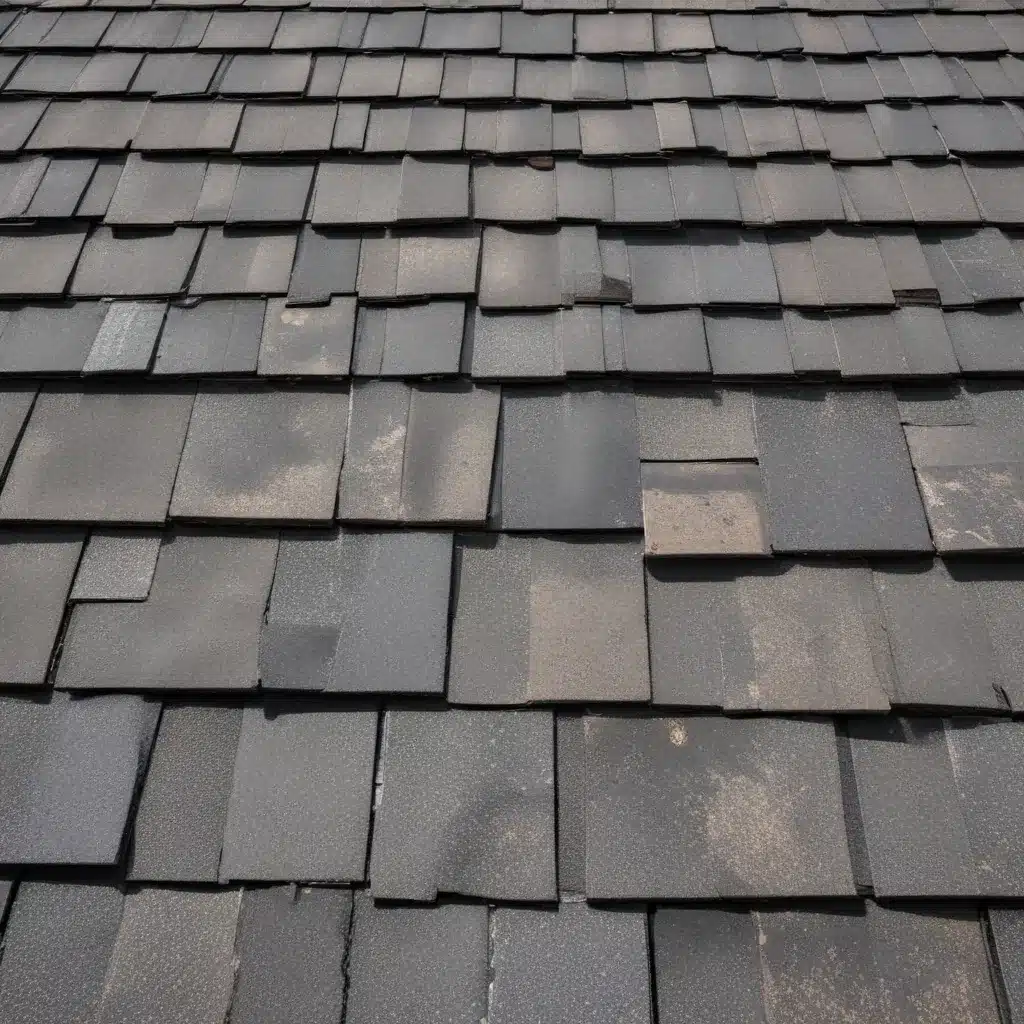
Understanding Roof Preparation and Weatherproofing
As an experienced roofing contractor, I’ve seen firsthand the devastating impact that harsh weather can have on homes. From heavy rains and high winds to extreme snowfall, the elements can quickly take a toll on your roof, leading to costly leaks, water damage, and structural issues. That’s why proper roof preparation and weatherproofing are essential to protecting your home and ensuring its long-term durability.
Let me start by explaining the difference between these two critical processes. Roof preparation involves a series of proactive steps to get your roof ready for challenging weather conditions. This includes professional inspections, maintenance tasks, and reinforcement of vulnerable areas. The goal is to identify and address any potential weaknesses before severe weather strikes, minimizing the risk of damage.
Weatherproofing, on the other hand, is an ongoing process focused on making your roof resistant to the elements. It involves applying specialized materials and techniques to create a protective barrier against moisture, wind, and other environmental factors. Effective weatherproofing helps prevent water intrusion, improve energy efficiency, and extend the lifespan of your roof.
Preparing Your Roof for Extreme Weather
Before any major storm hits, it’s crucial to ensure your roof is properly prepared. This starts with a thorough inspection by a professional roofer. While you may notice some obvious issues on your own, an expert eye can detect hidden problems that could pose a serious threat during harsh conditions.
During the inspection, the roofer will evaluate the overall condition of your roof, looking for loose shingles, damaged flashing, structural weaknesses, and signs of material degradation. They’ll also check for any overhanging branches or vulnerable trees that could potentially cause damage. By identifying these issues early, you can address them proactively and significantly reduce the risk of costly repairs down the line.
Keeping your roof and the surrounding area clean is another essential step in the preparation process. Debris and overhanging branches can become dangerous projectiles during high winds, potentially causing severe damage to your roof and the rest of your home. Make sure to regularly prune any offending tree limbs and clear away leaves, twigs, and other accumulated materials from your gutters and downspouts.
Proper insulation is also key to protecting your roof’s structure and enhancing your home’s energy efficiency. By maintaining a stable indoor temperature, insulation helps prevent the kind of thermal stress that can lead to cracks, warping, and other forms of damage. It also reduces the burden on your heating and cooling systems, ultimately extending the lifespan of your roof.
Finally, ensure that all roofing materials are securely fastened. Loose shingles, tiles, or other components can easily be blown off by high winds, compromising the integrity of your roof and allowing water to seep in. Regularly inspect your roof and promptly address any issues to keep everything firmly in place.
Weatherproofing Your Roof
Now that your roof is prepared for the worst, it’s time to focus on weatherproofing it for long-term protection. A well-weatherproofed roof is essential for preventing leaks, reducing energy costs, and avoiding costly repairs.
One of the most crucial aspects of weatherproofing is keeping your gutters and downspouts clear of debris. When these systems become clogged, water can back up and spill over, leading to leaks and potential structural damage. Make it a habit to clean your gutters and downspouts at least twice a year, and consider installing gutter guards to reduce the frequency of maintenance.
Proper sealing and waterproofing are also critical for preventing water intrusion. By applying high-quality sealants and membranes to areas like chimneys, vents, and skylights, you can create a robust barrier against moisture. Regular inspections and timely repairs are essential to maintaining the integrity of these weatherproofing measures.
Another effective weatherproofing strategy is to upgrade your roofing materials. Modern shingles, tiles, and metal panels are specifically engineered to withstand the rigors of harsh weather, offering superior resistance to impact, wind, and fire. These durable options not only provide better protection but also often come with longer warranties and enhanced energy efficiency.
Preparing for the Unexpected
While roof preparation and weatherproofing are essential, it’s also important to have a plan in place for dealing with the unexpected. After a severe storm, you’ll need to act quickly to assess any damage and make temporary repairs to prevent further issues.
Keep an emergency repair kit handy, stocked with items like tarps, roofing nails, sealants, and a hammer. This will allow you to quickly cover any compromised areas and stop water from getting into your home. Additionally, make sure you have the contact information for a trusted roofing specialist who can provide professional assistance and permanent repairs.
Maintaining Your Roof’s Condition
Ultimately, the key to a weatherproof roof is a combination of proactive preparation, ongoing weatherproofing, and vigilant maintenance. By regularly inspecting your roof, addressing issues promptly, and utilizing the best materials and techniques, you can safeguard your home and give yourself peace of mind, no matter what Mother Nature has in store.
At Roofers Midland, our team of experienced professionals is dedicated to helping homeowners and builders in the Midland area protect their roofs from the elements. Whether you need a thorough inspection, quality roofing materials, or emergency repairs, we’re here to provide the expertise and personalized service you can trust.
Don’t wait for the next storm to hit before taking action. Contact us today to schedule an appointment and let us help you weatherproof your roof for long-lasting protection and performance.

